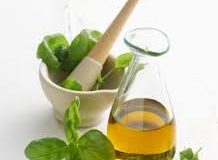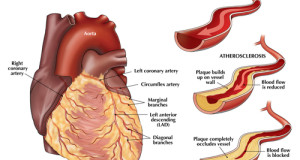Dr. L. Sosna insists that polyphenols are among the most important micronutrients in our diet, and evidence for their role in the prevention of degenerative diseases such as cancer and cardiovascular diseases is finally emerging. The health effects of polyphenols depend on the amount consumed and on their bioavailability. Although a general affinity for dark berries is familiar, most people know little about their importance which remains extremely unappreciated. Over the past 10 year, researchers and food manufacturers have become increasingly interested in them. The chief reason for this interest is the recognition of the antioxidant properties of polyphenols, their need of increase in our diet, and their probable role in the prevention of various diseases associated with oxidative stress, such as cancer and cardiovascular and neurodegenerative diseases.
Polyphenols, which constitute the active substances found in many medicinal plants, modulate the activity of a wide range of enzymes and cell receptors. In this way, in addition to having antioxidant properties, polyphenols have several other specific biological actions that are as yet poorly understood. Two aims of research are to establish evidence for the effects of polyphenol consumption on health and to identify which of the hundreds of existing polyphenols are likely to provide the greatest protection in the context of preventive nutrition. If these objectives are to be attained, it is first essential to determine the nature and how these compounds find their way into our diet. Such understanding will help relate the intake of these substances and the reduction of risk of developing many diseases.
Furthermore, not all polyphenols are absorbed with equal efficacy. They are extensively metabolized by intestinal and hepatic enzymes and by the intestinal microflora. Knowledge of the bioavailability and metabolism of the various polyphenols is necessary to evaluate their biological activity within target tissues. The types and distribution of polyphenols in foods and the bioavailability of polyphenols are the topics of the present review.
Types and distribution in foods
Several thousand molecules having a polyphenol structure are identified in higher plants, and several hundred are found in edible plants. These molecules are secondary metabolites of plants and are generally involved in defense against ultraviolet radiation or aggression by pathogens. These compounds may be classified into different groups by function and structural elements that bind these rings to one another. Distinctions are thus made between the phenolic acids, flavonoids, stilbenes, and lignans. The flavonoids, are divided into 6 subclasses such as flavonols, flavones, isoflavones, flavanones, anthocyanidins, and flavanols (catechins and proanthocyanidins). In addition to this diversity, polyphenols may be associated with various carbohydrates and organic acids and with one another. As a small vignette, this post should only clue you in on the need to further investigate and become very familiar with polyphenols.
 Vitamin Agent The Health & Naturalistic Source
Vitamin Agent The Health & Naturalistic Source




